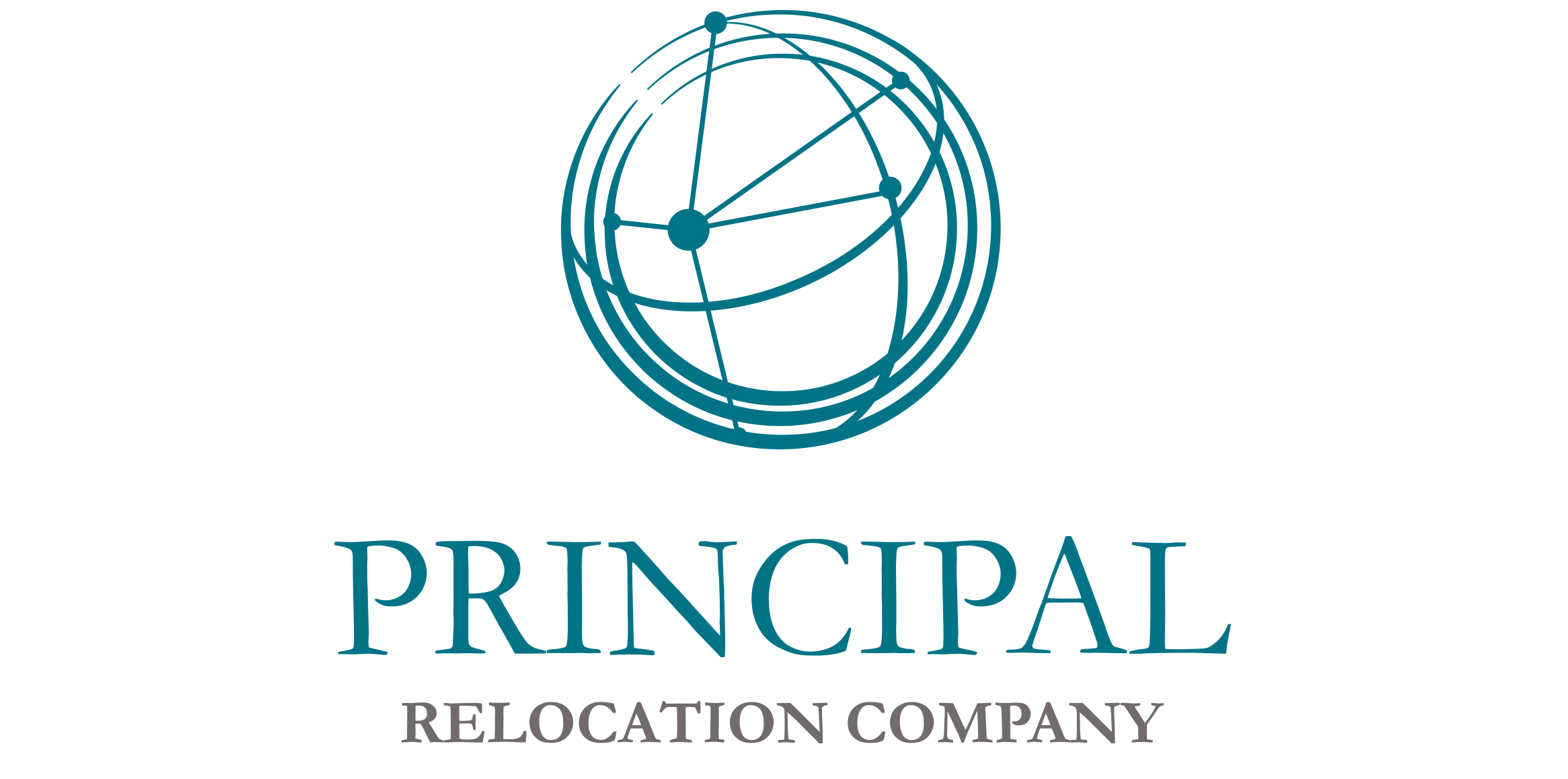
01 Jun Motivation in the company
Companies are constantly looking for work tools, organizational structures and systems able to increase productivity, improve performance and increase turnover. Infact, the elements that have the greatest impact on their activities, regardless of the sector, are the people that contribute every day to the achievement of the company objectives in the short and long term.
The reason for why individuals are the central element of every activity is due to their “basically unlimited” potential: if the company is able to exploit their potential to the maximum, it is a huge contribution to the achievement of the company’s objectives.
When evaluating the performances, particular care must be taken in order to avoid jeopardizing the employee’s motivation and their relationship with their manager. It is necessary, however, to be able to provide a comparison with the activity carried out, by measuring them both from the quantitative and qualitative point of view.
Quantitative analysis is carried out with the support of statistical data and calculation tools. A positive performance is usually one that reaches a percentage that is equal to or greater than the defined objective. This is usually an unbiassed assessment, precisely because it is based on unbiassed elements.
Qualitative assessments can be carried out through the testimonies of customers, colleagues and supervisors of the collaborator and, due to the subjective nature of these opinions, must be carried out with particular care.
With this in mind, it is the strength of the corporate culture that determines the will of their workers in order to perform at their best so as to reach a common goal.
The motivations that are less linked to the monetary aspect are also those related to the satisfaction and interest that the collaborator feels towards what he does and, for this reason, some workers in the current context may decide to change companies in search of a better work environment, rather than a higher salary.
It is advisable to provide a balanced mix of tangible and non-material benefits, such as satisfaction and motivation.
Need some concrete examples in order to keep the level of motivation high?
Here they are:
• recognize and appreciate the goals achieved by the collaborator, either verbally, perhaps in the presence of other colleagues and managers, and in written form;
• thank people often and congratulate them for the work done;
• assign more responsibilities, such as the coordination of a small work group for specific projects;
• offer opportunities for developing personal skills, through training programmes;
• provide constant feedback regarding the achievement of the objectives.
These are some motivation-related practices that can affect productivity, and the benefits do not end there:
• higher morale
• stress reduction
• less absenteeism
• higher retention levels

